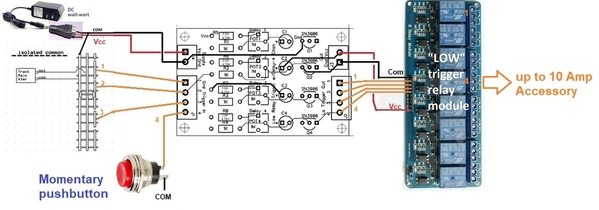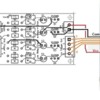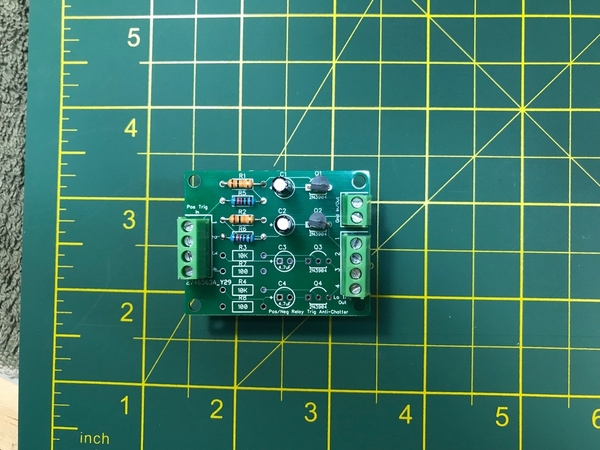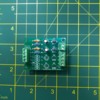OK it seems we are about done with development of this project, so it's about time to go to press and publish the gerbers and a description of how it works. These are attached below for anyone who wishes to order and build either of these boards.
Please note there are two separate gerber files. One is the more complex delay board file, and the other is the simpler anti-chatter board file. Normally I would have ordered boards first and tested them out to make sure they work. But in this case the circuit design is pretty simple and I bread-boarded both cases to arrive at the suggested component values. User beware however! (a cleverly disguised disclaimer)! The description document is in pdf format and covers both board designs. There is no BOM file because they are pretty simple. Component values can easily be pulled off the circuit diagrams in the pdf document. If anyone needs hand with any details I will be happy to help.
I should point out that both these boards are intended to be used to trigger any of the readily available offshore multi-relay arduino-type boards, that are triggered typically by grounded (or Hi/Lo) input signals, and typically use either 5V or 12V DC 10 amp relays. Insulated outside rail triggering is assumed, but other trigger methods can be used just as well.
Thanks are due to all those who contributed, and especially Stan2004 for his original circuit designs and very helpful suggestions and hookup sketches. I am merely the collector of information and board designer for this project, haha. 
Rod












